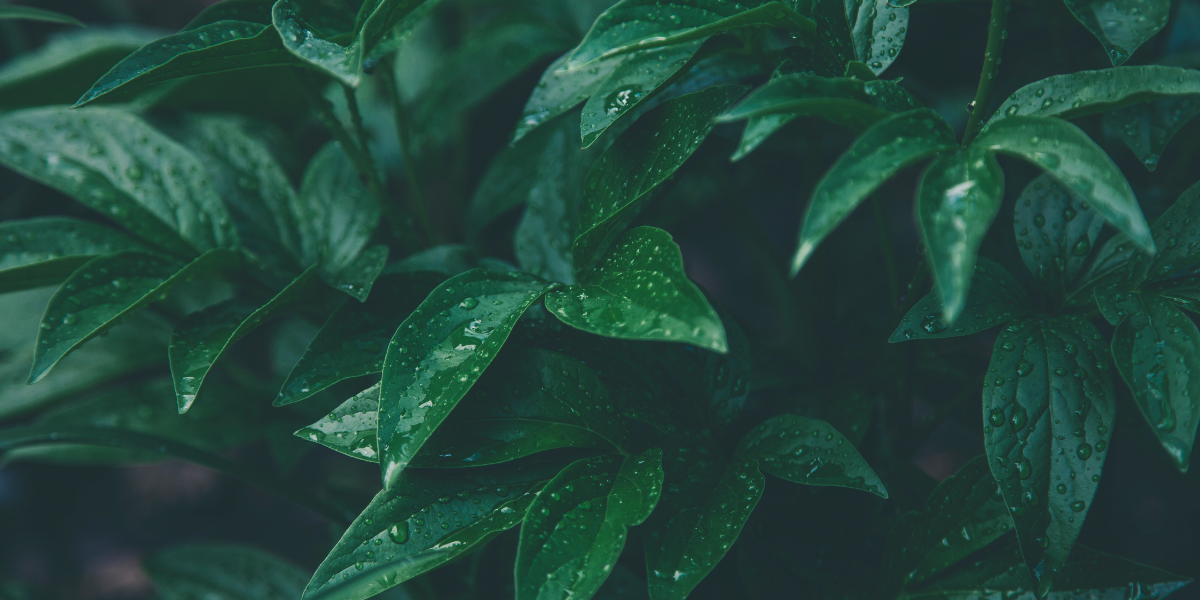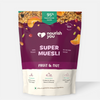
Do plants feel pain? | Debunking common vegan myths
Claims are routinely made on the internet that plants feel pain in order to argue that vegans are harming the environment just as much (or more) than meat-eaters.
For many vegans, this is commonly brought up. Some people insist that eating plants is no different than eating meat and dairy products—it’s all just part of living on planet Earth!
We want to start with a question: if you saw a dog in harm's way, would you feel the same instinct to protect her as you would seeing a gardener mow a lawn?

Very few people would save grass being cut over an animal being harmed. Why does the difference matter so much? Pain is a good place to start.
What is pain?
According to the International Association for the Study of Pain (IASP), pain is “an unpleasant sensory and emotional experience associated with actual or potential tissue damage, or described in terms of such damage.”
Do animals feel pain?
While animals can not verbalize their pain, it does not mean that they do not experience it, or show it. We've all seen an animal in distress, whether it's because they were injured or abandoned on the streets.
Signs like a tucked abdomen, limping, difficulties getting up, a stiff gait, increased aggression, anxiety, screaming, whimpering, whining, restlessness, and a reduced appetite are just a few ways animals show they are suffering or in pain.
It's also well-documented that animals feel pain. According to the U.S. National Research Council Committee on Recognition and Alleviation of Pain in Laboratory Animals, pain is indeed experienced in mammals and vertebrates.
But what about plants?
Can plants feel pain?
Both humans and animals feel pain when they are injured, or when something causes tissue damage. This is because of the body’s inherent mechanisms for dealing with harmful stimuli: a cascade of nerve messages that result in an emotional experience of pain. Without a nervous system, plants lack the mechanism to feel and process pain.
But what about some plants that can move, like a venus flytrap?
Given that plants do not have pain receptors, nerves, or a brain, they do not have the ability to understand or feel pain in the same way that animals and humans do. However, plants can respond to threats without the aid of these systems.
Some plants exhibit sensory abilities that are obvious to the human eye and others can respond mechanically at a cellular level when being eaten by caterpillars. Take the arabidopsis, which sends out electrical signals to other leaves when its chemical defenses are triggered. Plants may even move toward sunlight for survival, but this is not shaped by suffering or pain, and does not equate to a fight-or-flight response inherent to animals and humans.
So while some responses in the plant kingdom are fascinating, they do not equate to the suffering and pain that humans and animals can experience, and it would be a mistake to anthropomorphize an injured plant as pain.
Where does the argument that plants feel pain come from?
A 2014 study showing that plants can "hear" themselves being eaten has been widely cited on the internet, and its findings have been misconstrued to suggest that vegans are killing more plants by eating them.
Researchers discovered that the Arabidopsis can release chemicals to defend itself against predators in response to the sound vibrations made by caterpillars eating it.
After this study was published, many media headlines tried to dismiss veganism by claiming that plants “know” they are being eaten—implying that their suffering was akin to an animal raised for meat or dairy.
However, the study doesn't claim that plants are conscious, sentient, or feel pain, and states that “the ecological significance of these responses is unclear.”
A non-vegan diet contributes to more plant deaths than a plant-based one
Animals raised for meat and dairy are living organisms who require land, space, food, and water to live and survive. The vast majority of farm animals consume crops like soybeans, corn, wheat, and oats, and most of the calories they consume go toward supporting parts of the animal that people don’t usually eat (such as bones and organs).
In order to feed the tens of billions of land animals raised for food every year, vast amounts of forest and grassland need to be cleared to make room for grazing and cropland—food grown specifically so that it can be eaten by livestock.
According to the Food and Agriculture Organization, agricultural land area accounts for 38 percent of the world’s land surface. Two-thirds of that is used for grazing livestock.
As a result, animal agriculture is responsible for a significant portion of deforestation, land erosion, habitat loss, and species extinction worldwide.
So even if you regard plant life as sentient, it is not possible to save plant lives on a non-vegan diet. You would need to switch over to a plant-based diet to reduce the overall number of plants being killed to keep you alive!











Leave a comment